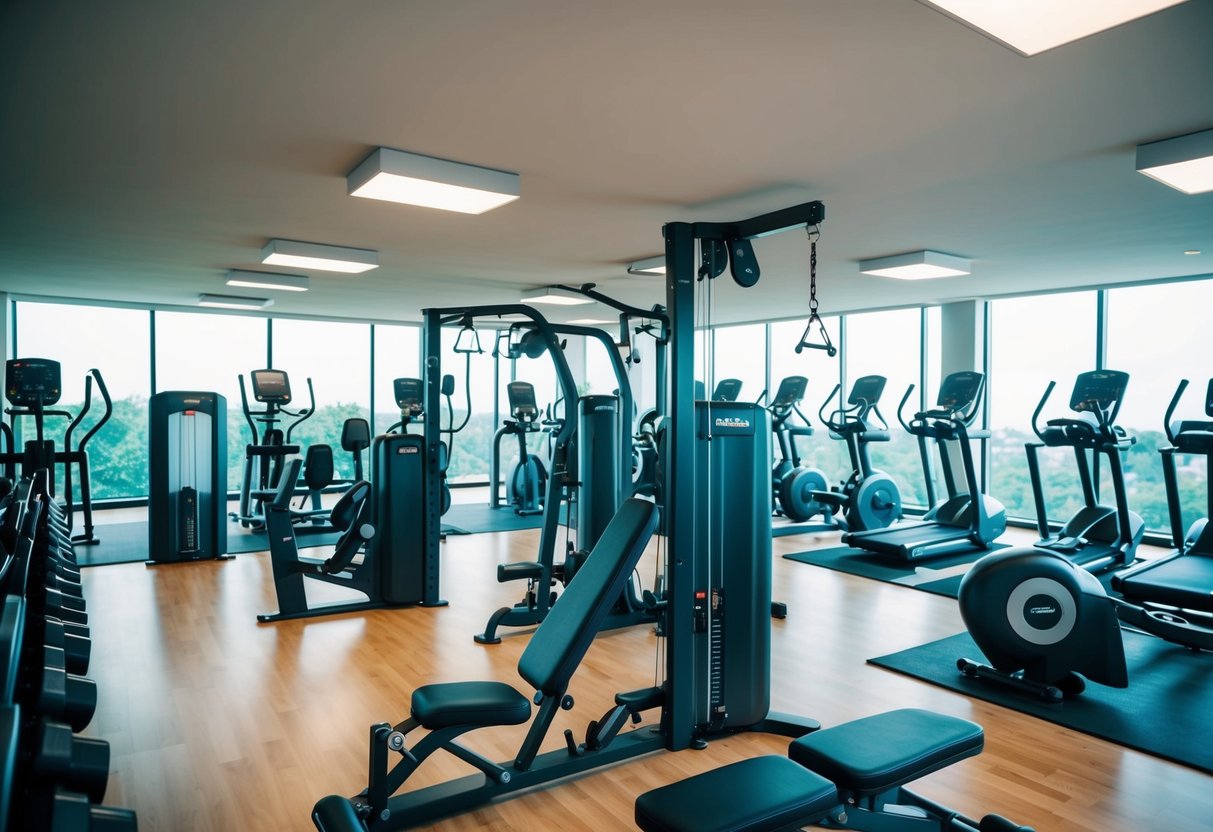
Crafting a 12-week workout program tailored to individual needs can significantly enhance muscle growth and body transformation. By focusing on specific fitness goals, one can maximize results in a relatively short period. A customized regimen ensures that every workout is aligned with personal objectives, boosting motivation and adherence.
For those eager to see tangible changes, a well-structured plan is essential. Incorporating a mix of strength, cardiovascular exercises, and personal nutrition greatly contributes to overall success. The beauty of a personalized program lies in its adaptability, allowing adjustments as goals evolve over time.
Establishing clear milestones at the onset provides a roadmap to desired outcomes. Each session builds upon the last, creating momentum that drives continued progress. With dedication and thoughtful planning, the path to reaching peak fitness becomes attainable.
Understanding Your Fitness Goals

Defining clear fitness goals is crucial for crafting a successful workout program. Knowing whether the aim is muscle gain or fat loss helps in selecting the right exercises and nutrition plan. Determining the current fitness level also plays a significant role in tailoring the program to fit individual capabilities and challenges.
Building Muscle vs. Losing Fat
Establishing whether the objective is to build muscle or lose fat is the first step toward a personalized workout plan. Building muscle requires strength training with progressive overload using heavier weights and increased resistance. Nutrition plays a key role, with an increased intake of protein to support muscle growth and repair.
Losing fat, on the other hand, focuses on creating a caloric deficit through a combination of cardio exercises and strength training. Efficient fat loss relies on balancing macronutrients to ensure energy levels remain high while reducing caloric intake. Aiming for enhanced muscle mass can further aid in fat loss, as muscles burn more calories at rest, assisting in achieving a leaner physique.
Identifying Your Fitness Level: Beginner, Intermediate, Advanced
Determining current fitness capabilities is essential in designing a workout routine that is safe and effective. Beginners might have limited experience with exercise and may start with basic movements and lighter weights to build a strong foundation. Intermediate individuals typically have more experience, allowing for more varied and challenging exercises to stimulate growth and improvement.
Advanced fitness enthusiasts usually have years of consistent training behind them. Their workout programs may involve complex routines and higher intensity sessions. For anyone, reassessing fitness levels regularly ensures that the workout program remains appropriately challenging, promoting continuous improvement and adaptation as they progress toward their fitness goals.
Principles of Effective Workout Design
Creating an effective workout program involves understanding the fundamentals such as progressive overload, choosing the right mix of compound and isolation exercises, and balancing intensity, volume, and frequency. These principles help individualize plans that are efficient and sustainable for long-term success.
Progressive Overload
Progressive overload is the gradual increase of stress placed on the body during exercise training. By increasing weights, repetitions, or the volume of workouts, individuals push their muscles to adapt, leading to increased strength and endurance. Without this principle, muscles may plateau, and progress might stall. Implementing small increments, such as adding 5% more weight per week or one more rep each session, facilitates continued progression.
Managing progressive overload requires monitoring personal readiness and recovery to prevent injury and overtraining. Tracking each workout session helps in understanding the best approach for progressive load increases. Progress should be steady, focusing on form and technique to ensure safety. Consistency in applying this principle leads to continual improvement and achieving fitness goals effectively.



